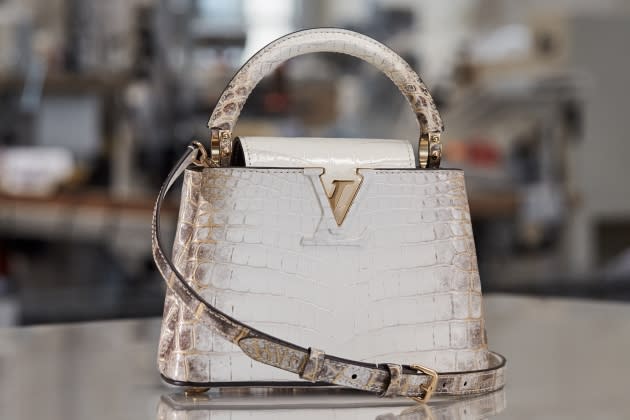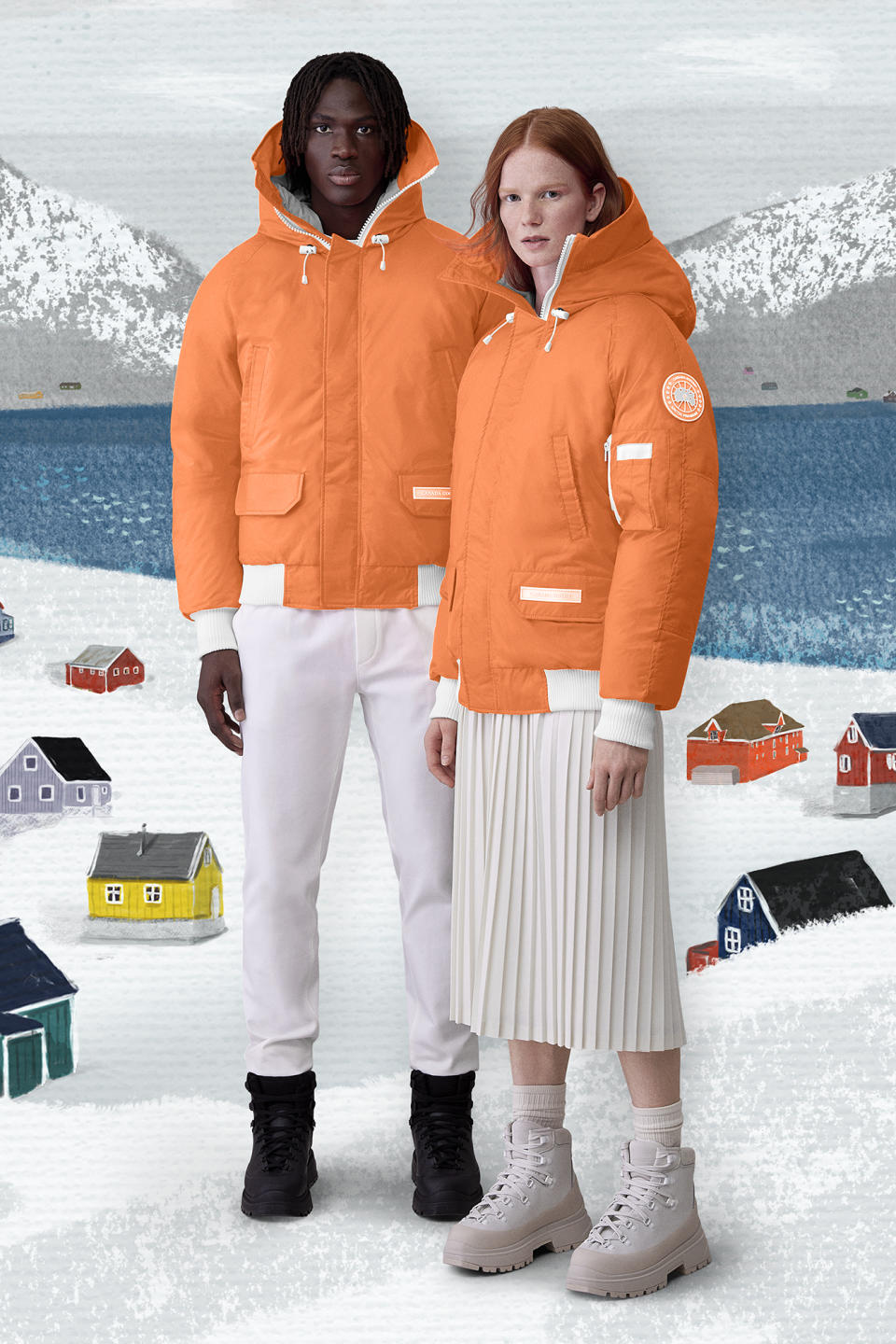What to Watch: Will the Rich Carry the Consumer Economy?

Of all the question marks looming over fashion, the consumer might be the biggest.
Shoppers of all stripes were happy to spend last year and into this year — shaking out the pandemic jitters by dipping into savings, going out and reveling in both more freedom and low unemployment.
More from WWD
But the go-go sales days are now gone.
Value oriented and midrange stores saw shoppers cool off quickly this year, as Russia invaded Ukraine, prices on gas, food and just about everything else spiked, the stock market retreated and recession became a constant threat.
Through all that, luxury consumers continued to spend even as prices on tony handbags and other designer goods rose.
The question now is: Can they keep it up?
Prices across the economy have risen faster than at any time since 1981, with the Consumer Price Index topping out at 9 percent growth in June.
Katie Thomas, who leads the Kearney Consumer Institute, a think tank at the management consulting firm, said inflation is on everyone’s radar.
“At least in the day-to-day necessities, all consumers are really thinking about price perception,” Thomas said. “You’re still seeing people want to spend, they’re just really evaluating their discretionary spend.”
While her consumer research before would turn up statements like, “I’ve noticed that my latte is now $7, but I don’t really care,” that sentiment is waning.
“We’re finally getting to the point where no matter who you are, you’re noticing everything is more expensive,” Thomas said. “What we’re going to continue to see into the fall is consumers continuing to pull back on really discretionary items.”
Oliver Chen, senior research analyst at Cowen, agreed that inflation was impacting households across the income spectrum and said better luxury brands would continue to do well.
“Luxury can hold on, selectively,” Chen said. “You have to be strong enough to be able to achieve pricing, that’s why we like Canada Goose, that’s why we like Louis Vuitton. Some brands have more leverage than others.”

There are important differences by region to take into account
Chen said China’s lockdowns due to COVID-19 caused “havoc” this year, but that people are looking for the market to come back alive in the second half. He also described the U.S. as, “the best house in a not-so-pretty global neighborhood.”
Psychology also plays a key role, but after two-and-a-half years of the pandemic and massive changes to life and the economy, consumers are off the usual script.
For instance, high-end shoppers usually pull back their spending as the stock market falls, modulating their consumption as their portfolio’s shrink.
But not so much right now.
“Historically, the wealth effect was a big deal between the S&P [stock] performance and luxury,” Chen said. “That broke down where the S&P has been not so good and luxury’s held up. All of this is [driven by] sentiment.”
And the word from high-end brands — for now, at least — is, so far, so good.
Still, the industry is remaining watchful and comments from top executives at higher-end brands this month signaled they were confident, yes, but also treading carefully and ready to adjust as fall and the holiday season approach.
John Idol, chairman and chief executive officer of Capri Holdings, parent to Versace, Michael Kors and Jimmy Choo, said: “Now none of us know what’s going to happen in the back half of the year with the consumer. But it appears that the luxury industry is quite robust and quite healthy. And we think that is going to continue for the foreseeable future in the back half of the year. There might be some consumer adjustments. Again, we don’t know. But from what we’re seeing currently, that seems to be holding up.”
Jean-Jacques Guiony, chief financial officer of LVMH Moët Hennessy Louis Vuitton, stressed: “We are managing for good years. And when a recession comes, we adjust, and we adapt ourselves.”
Guiony said the luxury giant has the ability to adjust expenses should its revenues take a hit.
“If we end up with a sort of worldwide recession with everybody staying at home…shopping in luxury — as it happened in 2008 — will be affected. We were affected in 2008,” he said.
But LVMH clearly takes a long-term view when it comes to managing its many maisons, from Louis Vuitton to Fendi to Tiffany & Co.
“What we’ve seen from previous recessions is that they don’t last and we have a very strong rebound capacity,” the CFO said.
Just how sorely that capacity — at LVMH and beyond — will be tested is still an open question.
The U.S. GDP shrunk for two straight quarters this year, which is the shorthand definition of a recession, although an official determination could still take months.
Lower down the price scale, the question of whether or not a recession is ongoing is a moot point.
Witness Target Corp., which was caught with too much inventory and saw profits drop 90 percent to $183 million in the second quarter, down from $1.8 billion a year ago.
“What we’re seeing in our results and hearing from our guests is that they still have spending power, but they’re increasingly feeling the impact of inflation,” said Christina Hennington, the retailer’s executive vice president and chief growth officer. “Against that backdrop, we’ve seen our guests shop our own brands in bigger ways and more frequently. We’ve also seen guest behavior evolve as they focus on optimizing their personal budgets through a heightened response to promotions, as well as greater trip consolidation. At the same time, guests continue to experience difficult news headlines, COVID-19 surges and continued political volatility, leading them to seek more ways to celebrate, connect and find opportunities to bring joy to their families. This is one of the reasons we continue to see such strength in our seasonal categories, which we expect will continue in the back half of the year.”
So there is some hope throughout the industry, but also plenty of hand wringing.
Sign up for WWD's Newsletter. For the latest news, follow us on Twitter, Facebook, and Instagram.

